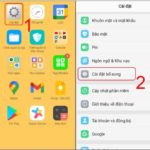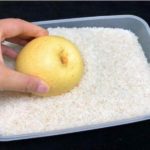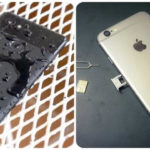There are numerous scenarios where your phone might get exposed to water, such as getting caught in the rain, accidental spills, or even dropping it in the sink or toilet. When this happens, users often worry about device damage and the potential loss of important data.
One concerning aspect is that water damage might not always be immediately apparent. Your phone could continue to work fine, leading to a false sense of security and delayed response.
However, without proper intervention, internal components are at risk of corrosion, resulting in unforeseen damage. This can not only affect the device but also lead to permanent data loss.
To help you act promptly, experts recommend adhering to the following four golden steps to increase the chances of rescuing your phone and preventing valuable data loss.
Step 1: Power Off Immediately
Upon realizing your phone has come into contact with water, the first step is to power it off immediately. Even if the device seems to be functioning normally, refrain from using it further as electricity could continue to flow and damage internal components such as the motherboard.
If your phone shuts down due to water exposure, do not attempt to turn it back on or plug it into a charger, as these actions could lead to explosions or further severe damage to the device.
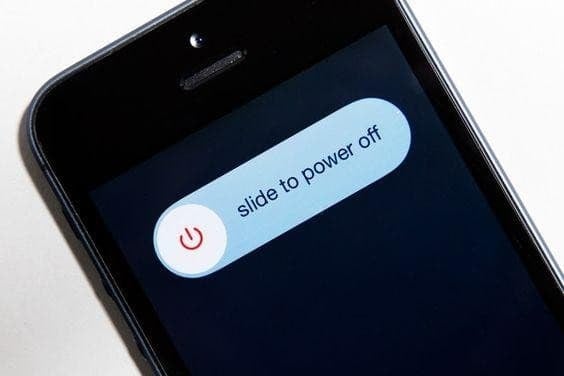
Power off your phone immediately if it comes into contact with water.
Step 2: Remove Accessories
After ensuring your phone is completely powered off, remove all accessories such as phone cases, headphones, and decorative add-ons. This prevents water from being trapped in crevices and causing further damage.
Don’t forget to take out the SIM card and memory card, as they are susceptible to water damage. Dismantling these parts helps your phone dry faster and safeguards your data.
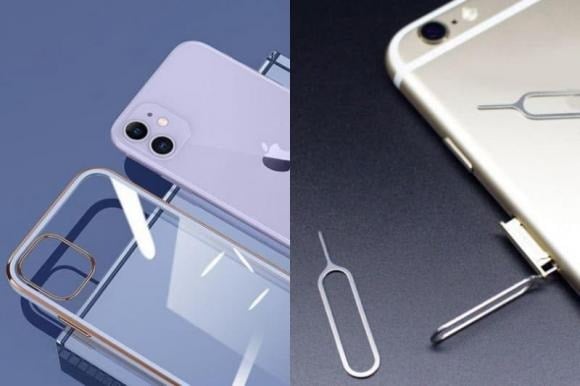
Removing accessories prevents water from being trapped and causing damage.
Step 3: Dry the Phone’s Surface
Contrary to popular belief, shaking or vigorously drying your phone can cause water to spread to other components. Instead, gently wipe down the surface with a dry cloth. If using a hairdryer, opt for the cold setting. Avoid blowing directly into ports like the charging port or headphone jack, as this could push water further inside, complicating the drying process.
Step 4: Accelerate the Drying Process
Even after wiping down the surface, there might still be water trapped inside. To ensure your device is thoroughly dry, place it in an airtight plastic bag along with several desiccant packets or uncooked rice.
If possible, position your phone near a dehumidifier to more effectively remove moisture. The drying time will vary depending on the extent of water exposure, but it’s generally advisable to leave it overnight to be thorough.
Important Note on Handling Water-Damaged Phones
While many modern phones are advertised as water-resistant, this often refers to a level of splash protection and does not guarantee safety if submerged for extended periods. After following the aforementioned steps, attempt to power on your device to check its functionality. If your phone fails to turn on, bring it to a repair center for timely inspection.
It’s crucial to back up your data regularly. In the event of severe damage beyond repair, data recovery might be impossible without a backup. Being proactive ensures the safety of your important data, personal information, and work-related content.
In today’s technology-dependent world, knowing how to respond to phone emergencies, such as water exposure, is an essential skill. Stay vigilant and take the necessary steps to protect your device and valuable data.
Tips to Charge Your Android Battery Quickly. Full Guide on Fast Charging Samsung Phones
In this well-researched article, our technology experts will provide you with a comprehensive guide on how to fast charge your Android. Fast charging can significantly reduce waiting time and optimize your device’s performance, but many users are unaware of the most effective techniques. This article will delve into the specifics of fast charging, including methods tailored for Samsung smartphones.

























